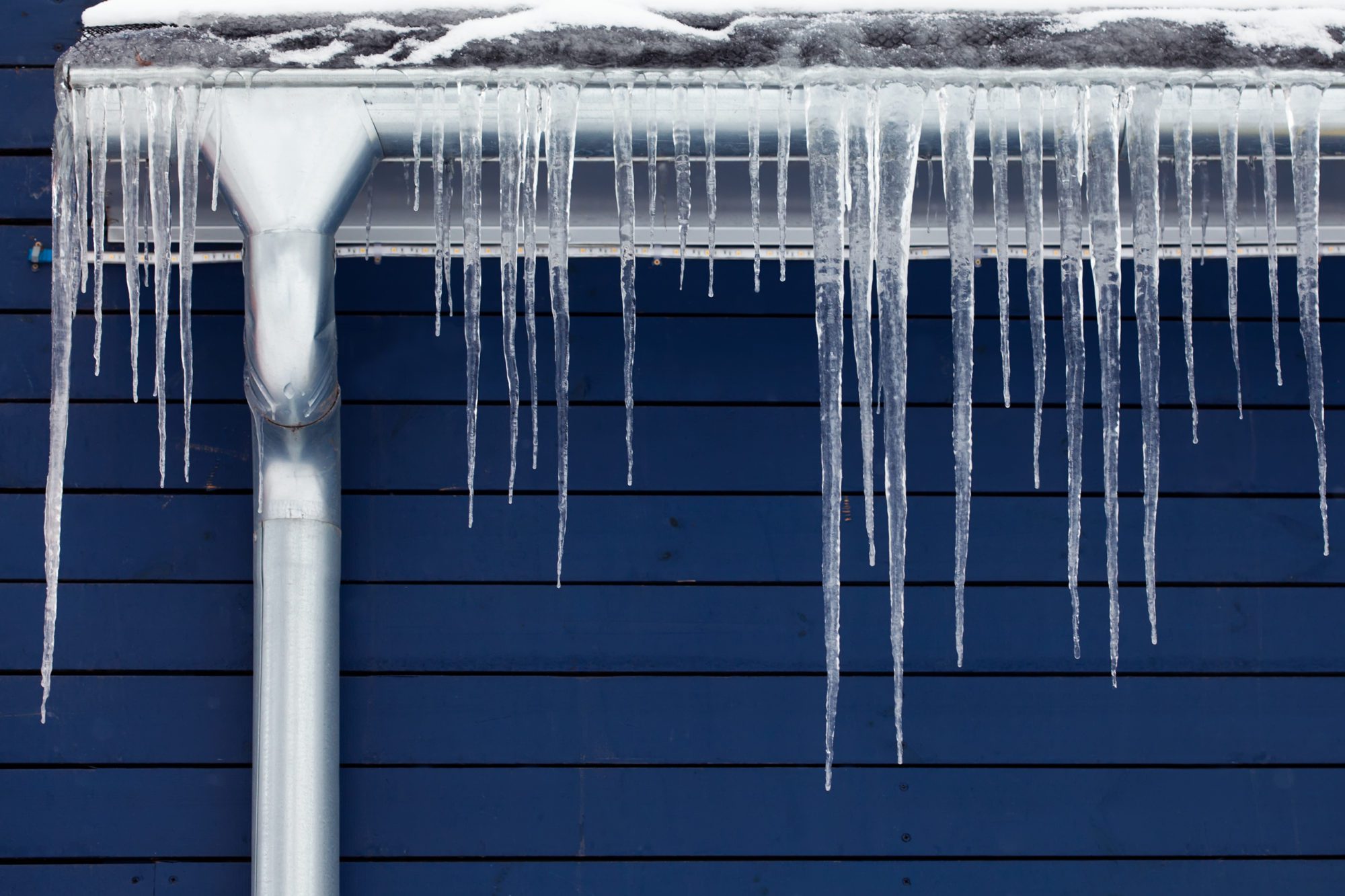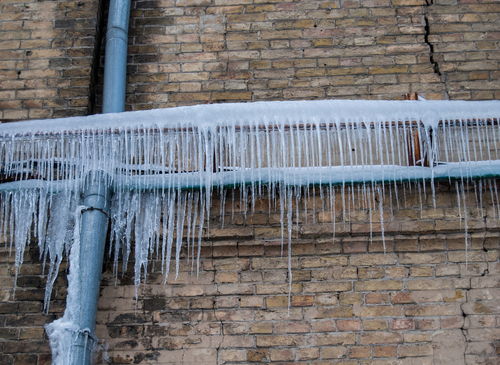Preventing Frozen Plumbing: Effective Strategies for Winter
Preventing Frozen Plumbing: Effective Strategies for Winter
Blog Article
How do you really feel in regards to Preventing and dealing with frozen pipes?

Cold weather can wreak havoc on your pipes, particularly by freezing pipelines. Below's exactly how to stop it from occurring and what to do if it does.
Introduction
As temperature levels decline, the danger of icy pipes rises, potentially causing expensive fixings and water damage. Comprehending just how to avoid icy pipes is crucial for house owners in cool environments.
Avoidance Tips
Protecting vulnerable pipes
Cover pipes in insulation sleeves or utilize warm tape to protect them from freezing temperatures. Concentrate on pipelines in unheated or exterior areas of the home.
Heating strategies
Maintain indoor spaces effectively warmed, specifically locations with pipes. Open up closet doors to permit cozy air to flow around pipelines under sinks.
Exactly how to determine frozen pipes
Look for decreased water circulation from taps, uncommon odors or noises from pipes, and visible frost on exposed pipelines.
Long-Term Solutions
Architectural modifications
Consider rerouting pipelines far from exterior walls or unheated locations. Add additional insulation to attic rooms, basements, and crawl spaces.
Updating insulation
Purchase premium insulation for pipes, attic rooms, and walls. Correct insulation helps keep constant temperatures and lowers the danger of icy pipes.
Securing Outdoor Pipes
Yard hose pipes and outside taps
Disconnect and drain garden hoses before wintertime. Install frost-proof spigots or cover outside taps with shielded caps.
Recognizing Frozen Pipelines
What triggers pipelines to freeze?
Pipelines freeze when revealed to temperature levels below 32 ° F (0 ° C) for prolonged durations. As water inside the pipes freezes, it increases, putting pressure on the pipe wall surfaces and possibly creating them to burst.
Threats and damages
Frozen pipes can cause water supply interruptions, residential or commercial property damage, and costly repair services. Burst pipes can flood homes and trigger substantial architectural damage.
Indications of Frozen Water Lines
Determining frozen pipes early can avoid them from bursting.
What to Do If Your Pipes Freeze
Immediate activities to take
If you believe icy pipelines, maintain taps available to alleviate pressure as the ice thaws. Use a hairdryer or towels taken in hot water to thaw pipes gradually.
Final thought
Preventing icy pipes calls for aggressive procedures and fast reactions. By recognizing the causes, indicators, and preventive measures, home owners can safeguard their pipes throughout cold weather.
5 Ways to Prevent Frozen Pipes
Drain Outdoor Faucets and Disconnect Hoses
First, close the shut-off valve that controls the flow of water in the pipe to your outdoor faucet. Then, head outside to disconnect and drain your hose and open the outdoor faucet to allow the water to completely drain out of the line. Turn off the faucet when done. Finally, head back to the shut-off valve and drain the remaining water inside the pipe into a bucket or container. Additionally, if you have a home irrigation system, you should consider hiring an expert to clear the system of water each year.
Insulate Pipes
One of the best and most cost-effective methods for preventing frozen water pipes is to wrap your pipes with insulation. This is especially important for areas in your home that aren’t exposed to heat, such as an attic. We suggest using foam sleeves, which can typically be found at your local hardware store.
Keep Heat Running at 65
Your pipes are located inside your walls, and the temperature there is much colder than the rest of the house. To prevent your pipes from freezing, The Insurance Information Institute suggests that you keep your home heated to at least 65 degrees, even when traveling. You may want to invest in smart devices that can keep an eye on the temperature in your home while you’re away.
Leave Water Dripping
Moving water — even a small trickle — can prevent ice from forming inside your pipes. When freezing temps are imminent, start a drip of water from all faucets that serve exposed pipes. Leaving a few faucets running will also help relieve pressure inside the pipes and help prevent a rupture if the water inside freezes.
Open Cupboard Doors
Warm your kitchen and bathroom pipes by opening cupboards and vanities. You should also leave your interior doors ajar to help warm air circulate evenly throughout your home.

Hopefully you enjoyed reading our excerpt on 6 Ways to Prevent Frozen Pipes. Thanks a ton for taking the time to read through our posting. Remember to take the time to promote this article if you liked it. We love reading our article about How to Prevent Your Pipes From Freezing.
Call Today Report this page